Israeli scientists for the first time in the world printed a living heart

Printed living heart
The future is here, it is alive and beating. Scientists from Tel Aviv University have printed the world's first three-dimensional heart with blood vessels, using personalized “ink” from collagen, a protein that supports cell structures, and other biological components.This extraordinary breakthrough was reported by scientists, Professor Tal Dvir , Dr. Assaf Shapira from the Faculty of Natural Sciences of TAU and Nadav Nur, his doctoral candidate, in the journal Advanced Science .
The heart itself is about the size of a rabbit, and it still does not work. Dvir noted that the "seal" of the human heart will use the same technology.
“We need to develop improved technology,” he said. “The cells have not yet formed pumping capacity; they may be shrinking at the moment, but we need them to work together. We hope that we will succeed and show the effectiveness and benefits of our method. ”
')
In other words, the next step is the cultivation of a heart the size of a rodent's heart in the laboratory, its printing and maturation, as well as the training of an artificial, but biological, organ to “behave” like a heart. You also need to test the printed hearts on animals to test their functionality.
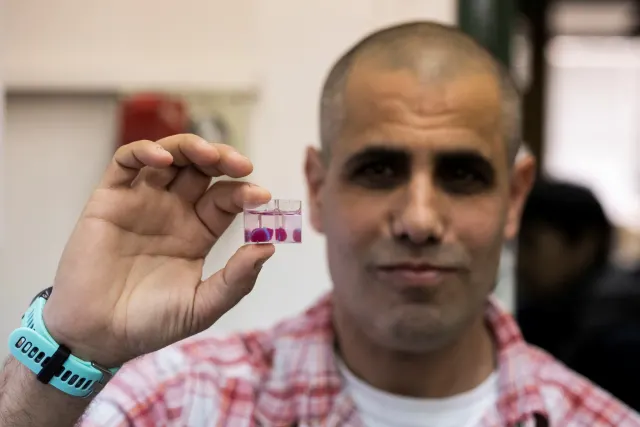
Prof. Tal Dvir
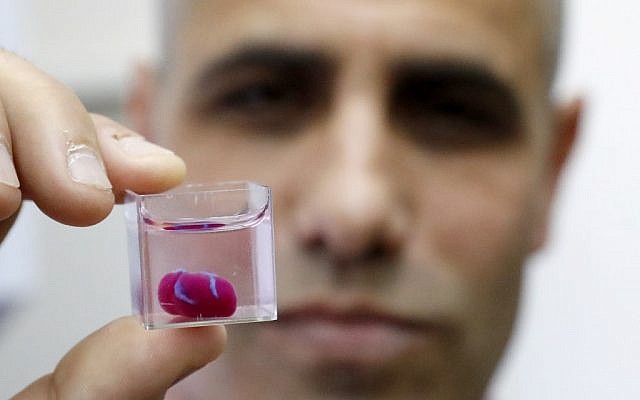
Prof. Tal Dvir
The breakthroughs of scientists in Tel Aviv are a milestone in the science of transplantology: tissues have been printed before, but they lacked vascularization — blood vessels — without which the normal functioning of complex tissue is impossible.
The printing of fabrics was earlier, but only simple fabrics without blood vessels. “This is the first time that anyone has successfully designed and printed a whole heart with cells, blood vessels, ventricles, and cameras,” said Dvir.For example, scientists successfully printed cartilage and aortic valve tissue, but the goal was to create tissues with vascularization: blood vessels, including capillaries, without which organs cannot survive, not to mention functioning.
Tel-Aviv scientists began with human adipose tissue and separated cellular and non-cellular components. They then reprogrammed cells to transform into pluripotent stem cells, which could then become muscle or endothelial cells.
Noncellular materials, including a large amount of proteins, were processed into a “personalized hydrogel,” which served as “ink,” Dvir explained.

Assaf Shapira looks at the print of the heart
Although the technology is still at an early stage, the press is already used for educational purposes in medical schools and doctors for the purpose of planning complex operations.
Dvir hopes that the technology will produce hearts suitable for transplantation, as well as patches in the regeneration of diseased hearts.
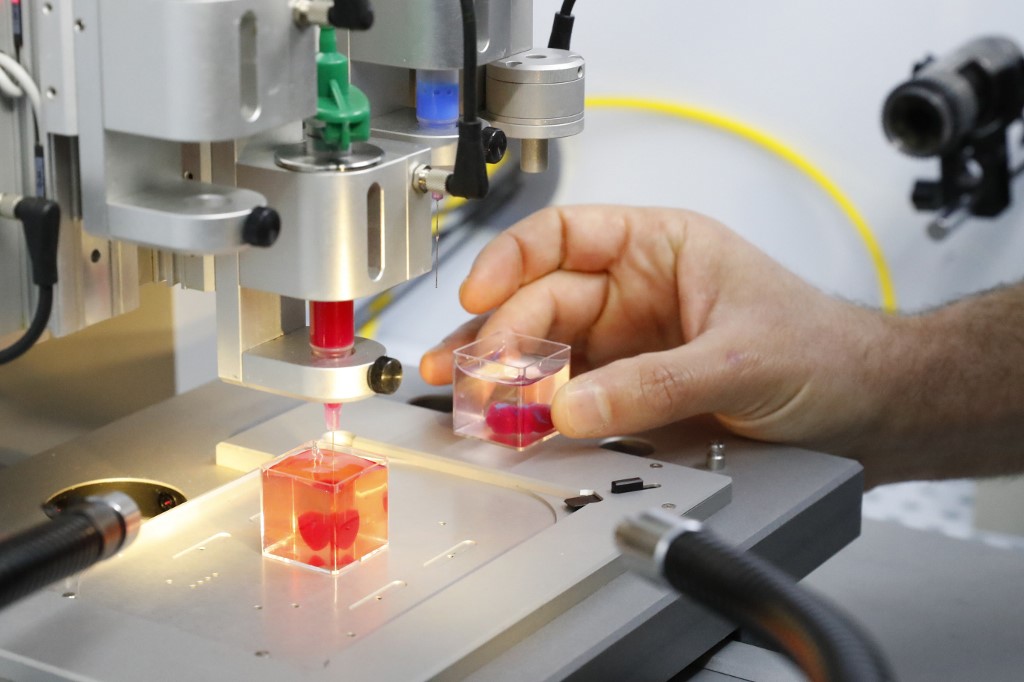
The seal of the body consists of three main stages. The first, prepress stage, involves scanning an organ, for example, using an MRI. At the second stage, the organ is printed, layer by layer, and at the third stage, the printing body is “maturing” in the bioreactor.
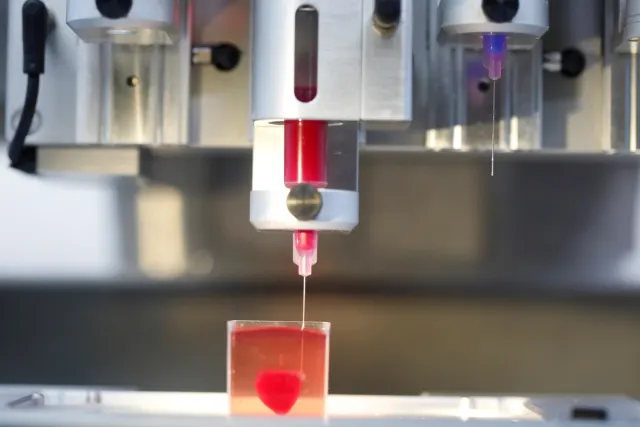
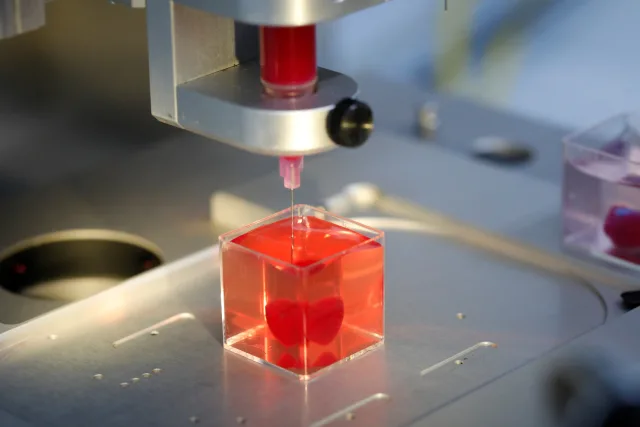
According to the WHO, cardiovascular diseases are the leading cause of death in the world, and now transplantation is the only option for patients in the worst cases.But the number of donors is limited, and many are dying while waiting. And patients who received transplants sometimes die due to an immune response.
The heart was considered particularly difficult to manufacture because of its great complexity and the pressure it needs to withstand.
The key point is that using the patient’s own cells significantly reduces the likelihood of an immune response, Dvir explained. His greatest hope is that the printing of organs will make their donation unnecessary.
“Perhaps in 10 years printers, printing organs will appear in the best hospitals of the world, and these procedures will become regular,” he said.He also said that hospitals are more likely to start with simpler organs than the heart.
Links
Israeli Scientists Print World's First 3-D Heart - Haaretz
The world's first 3D-printed heart with human tissue - The Times of Israel
3D Cardiac Printing and Cardiac Design - Advanced Science
Source: https://habr.com/ru/post/448524/
All Articles